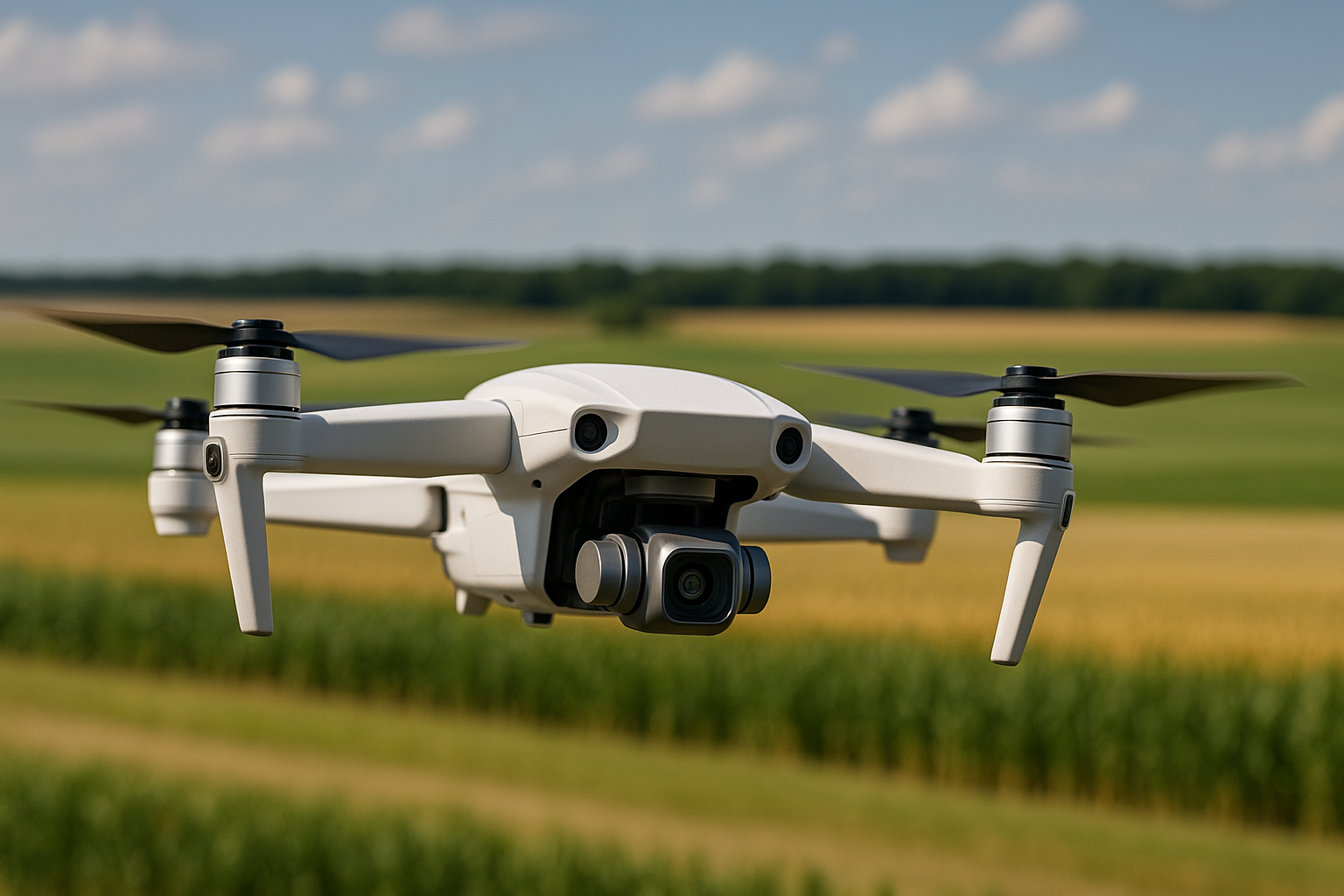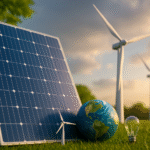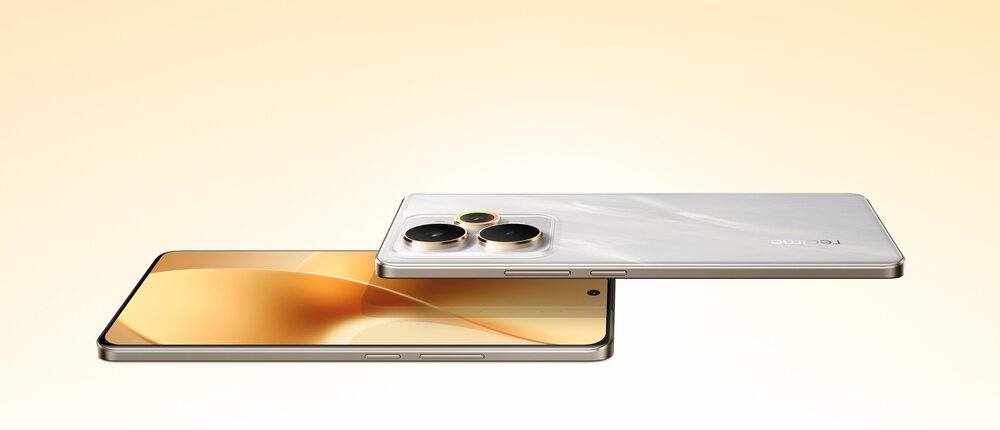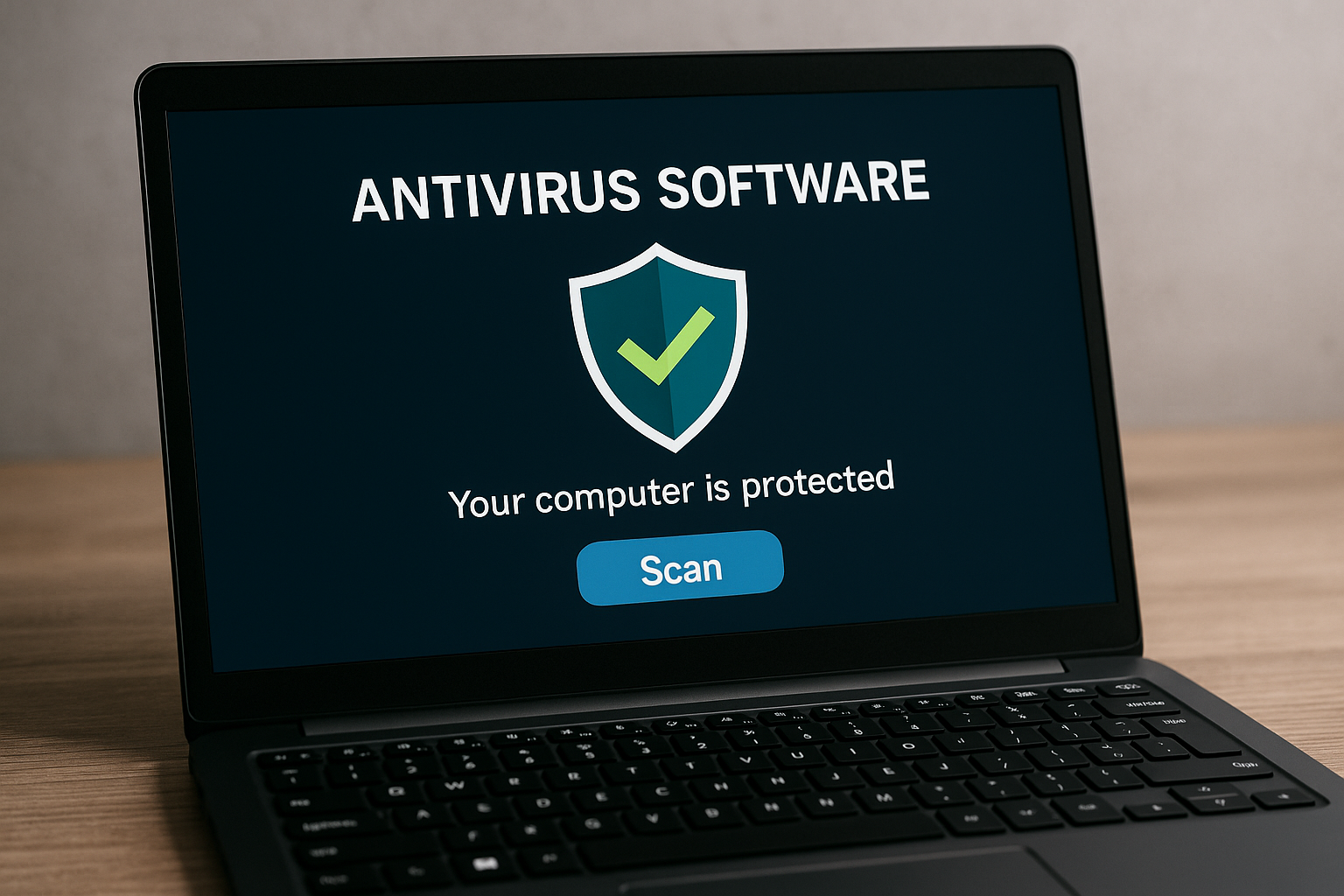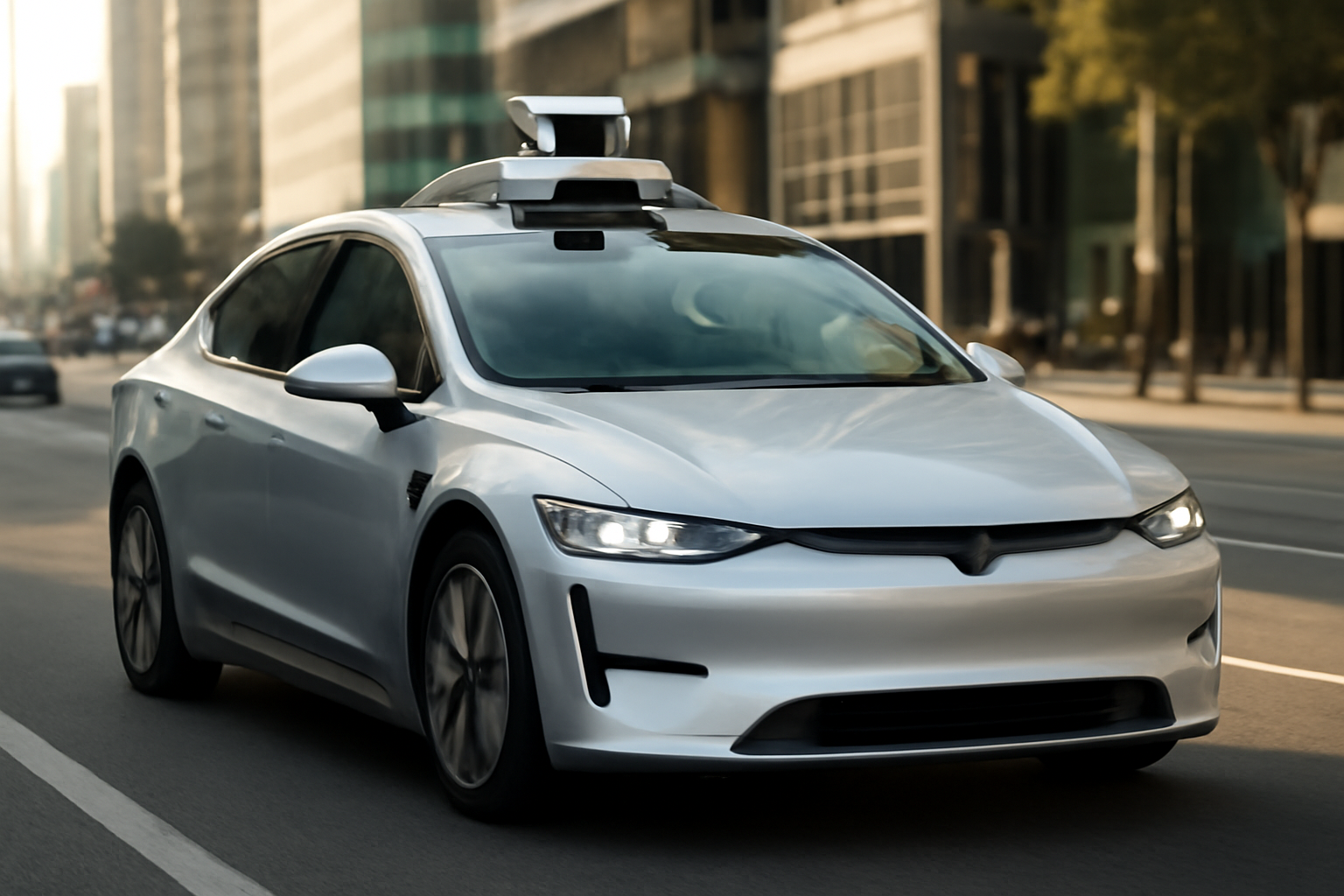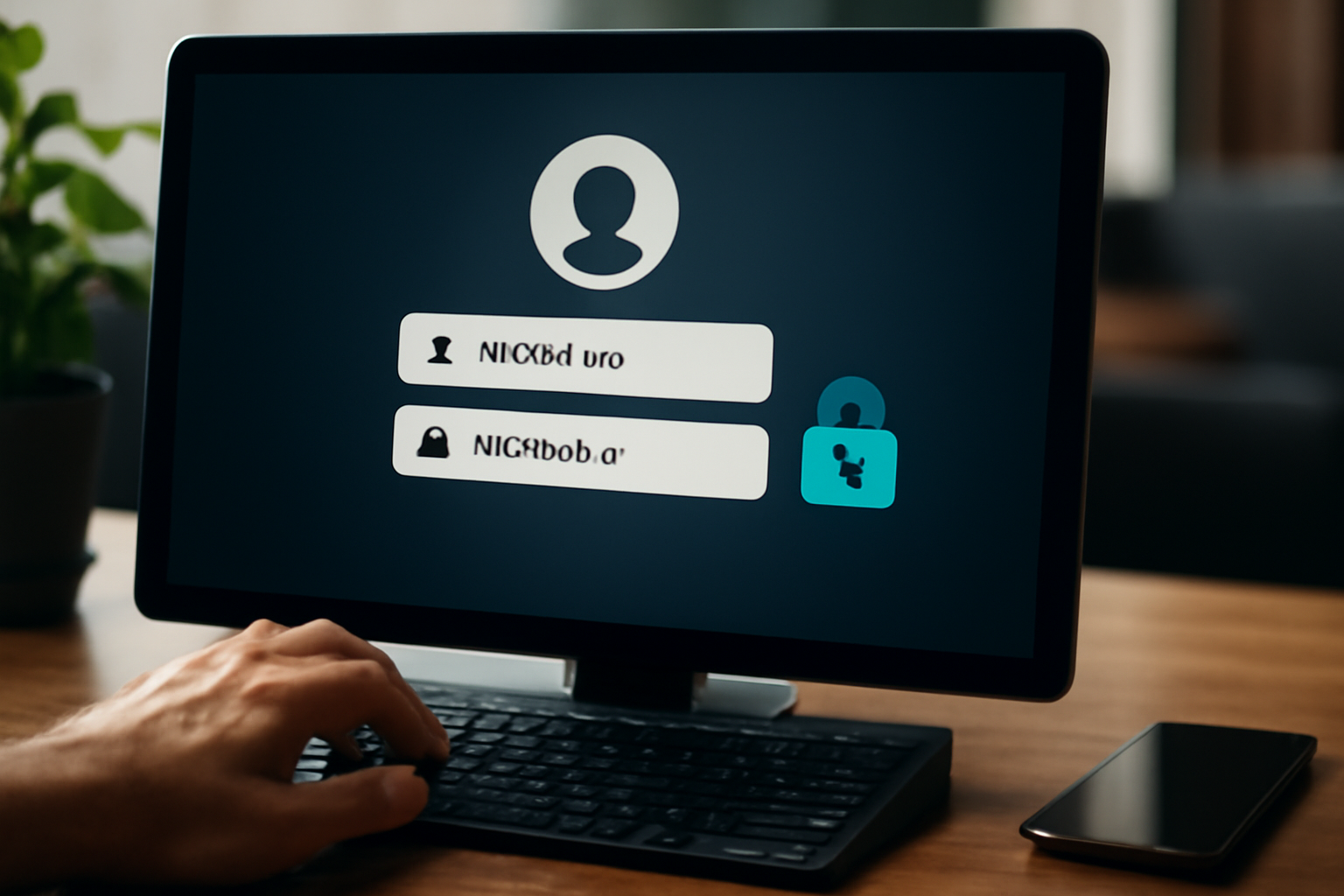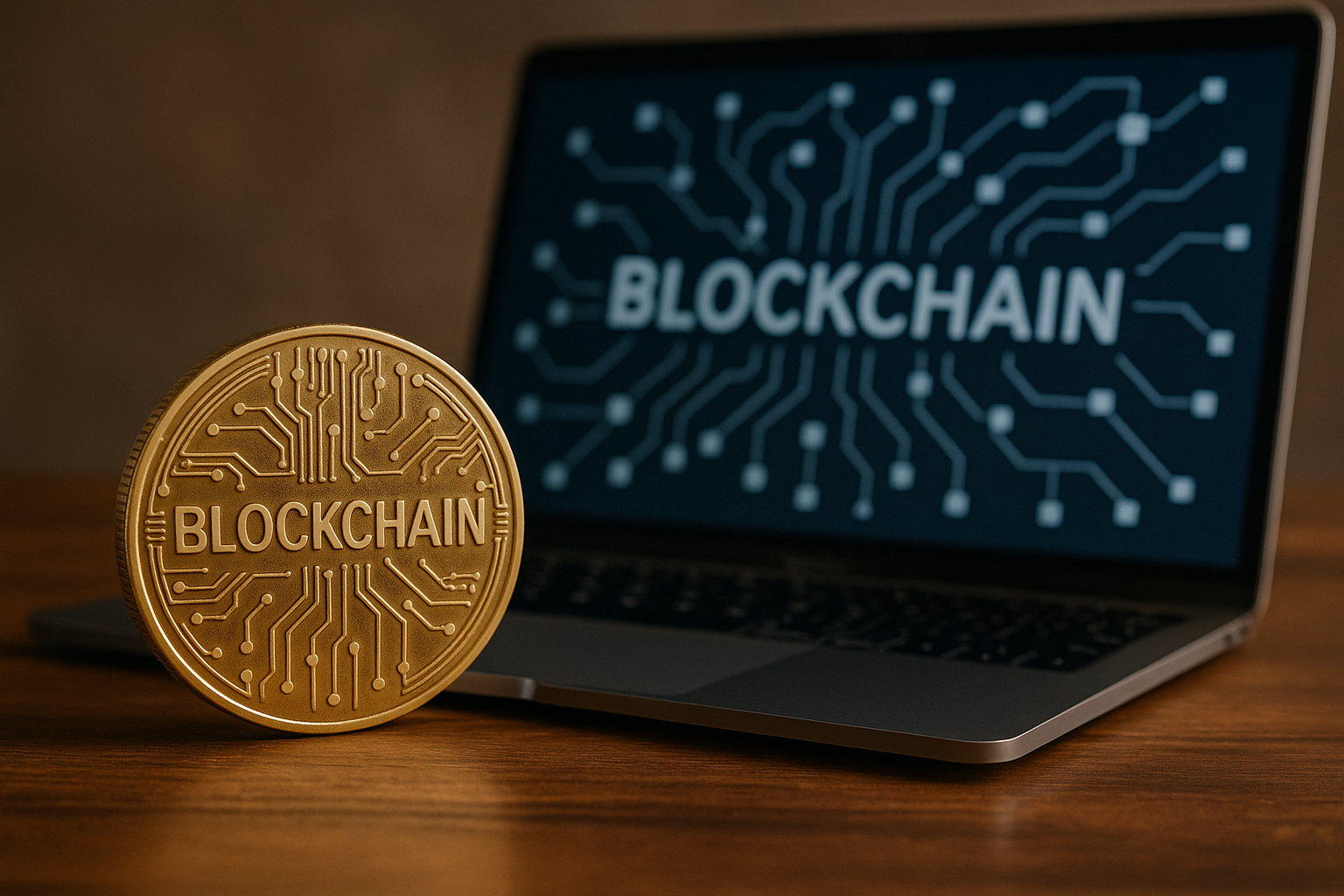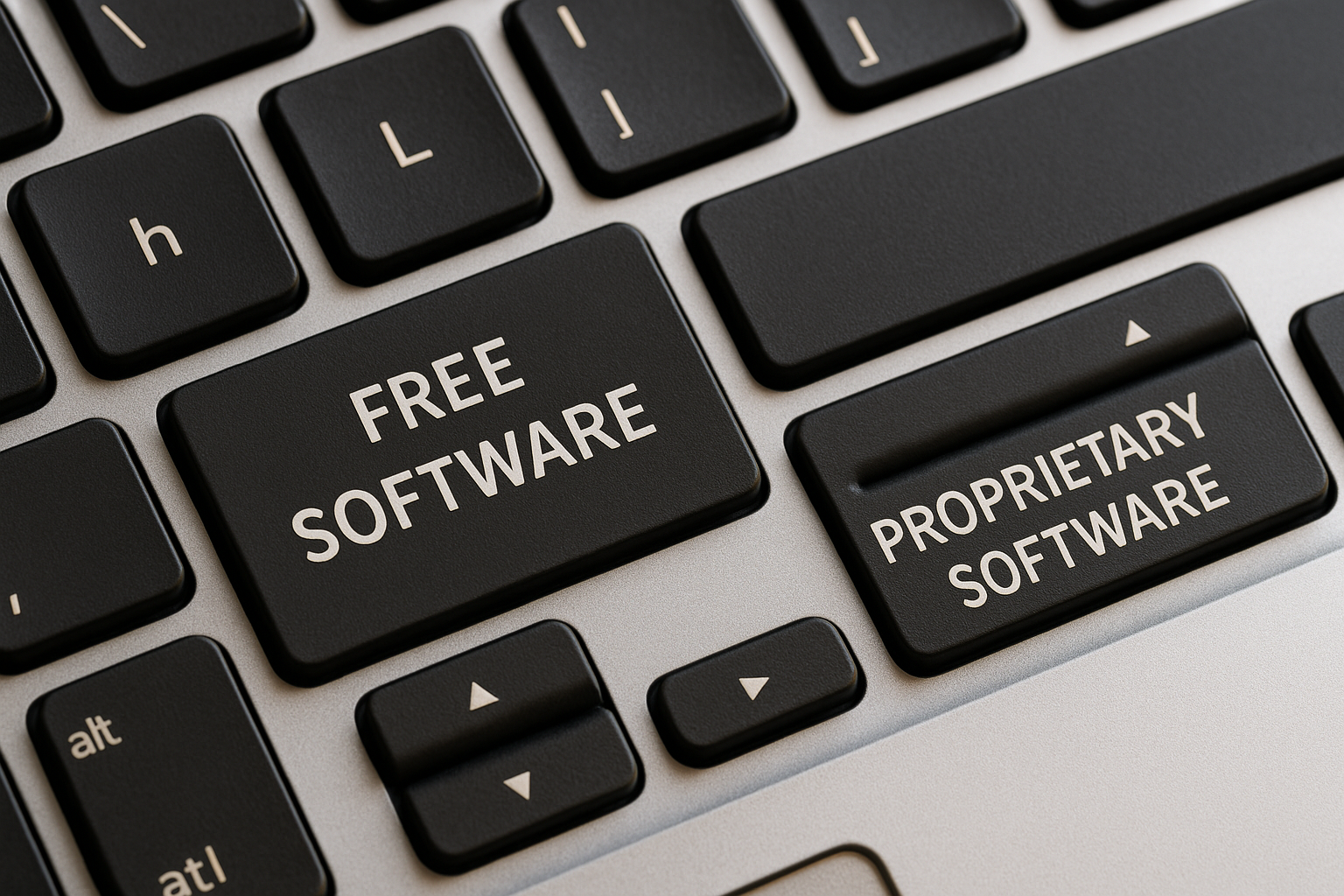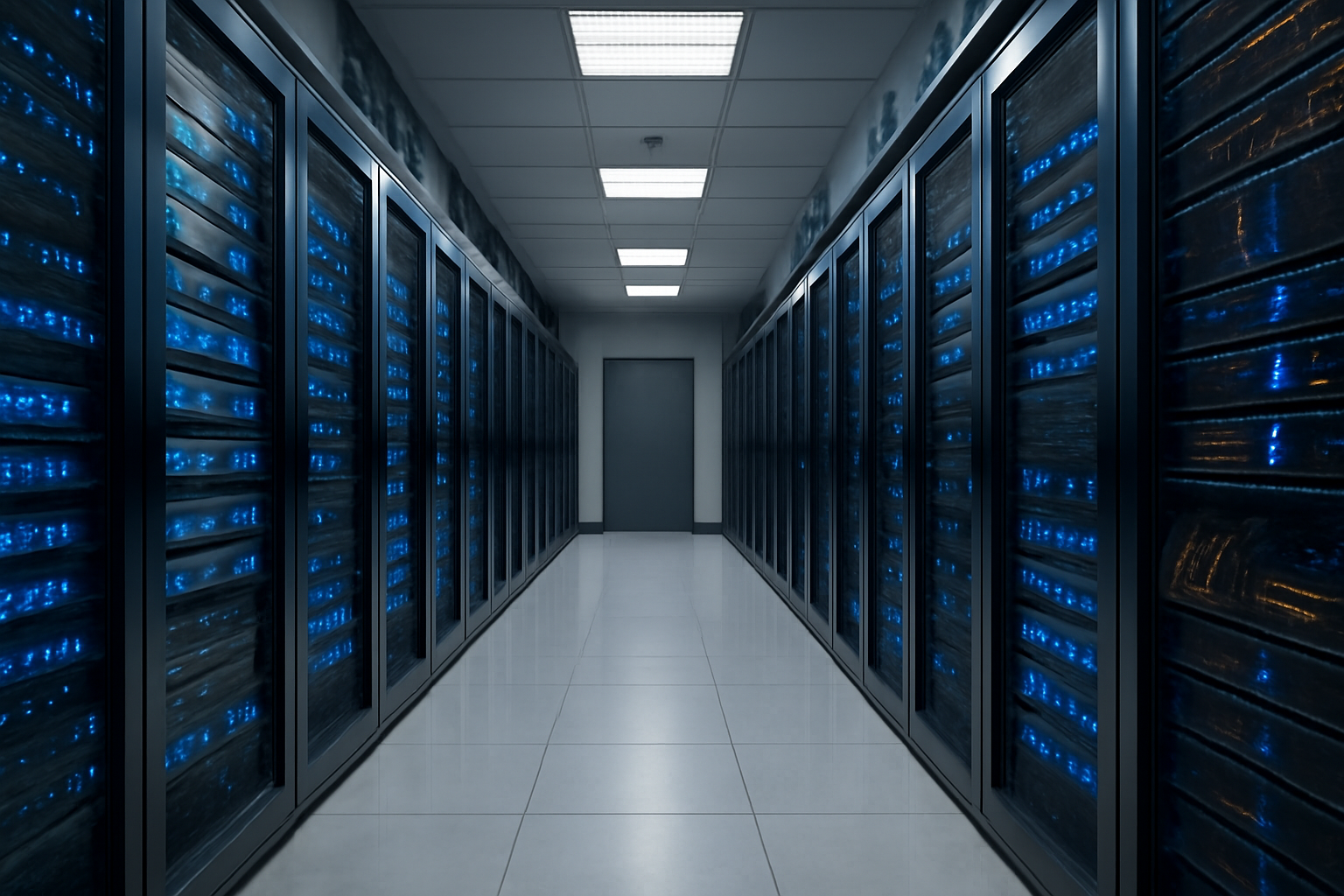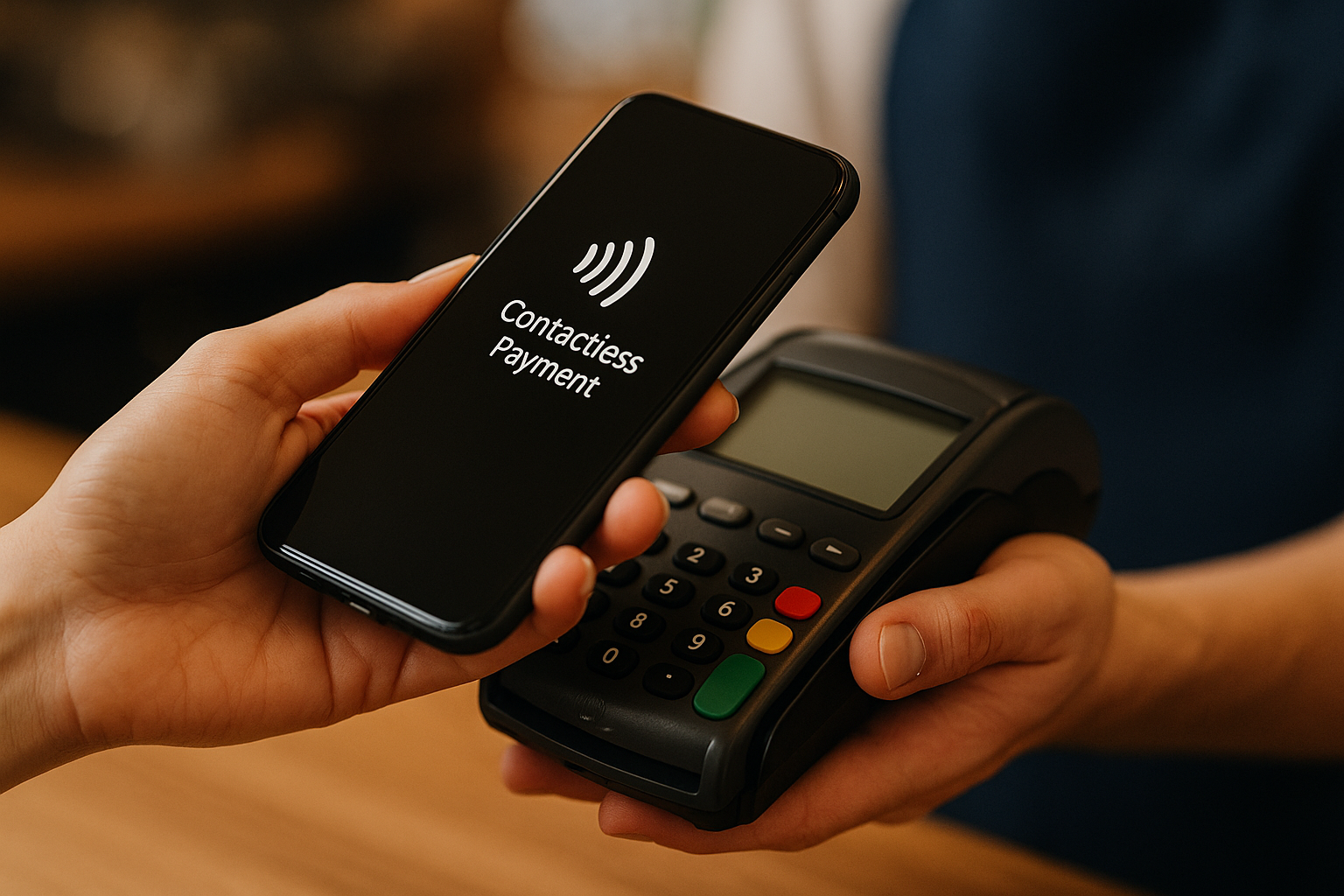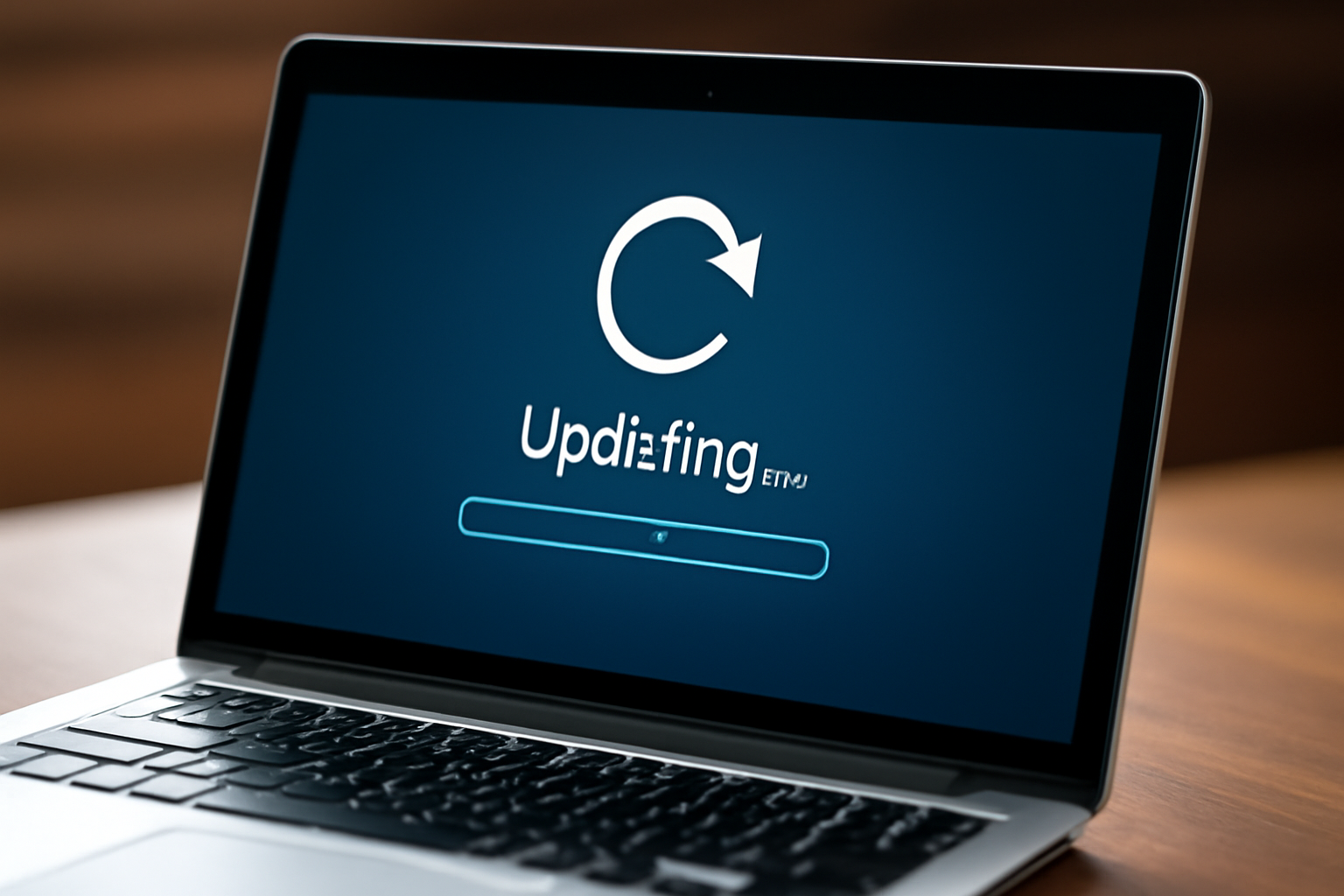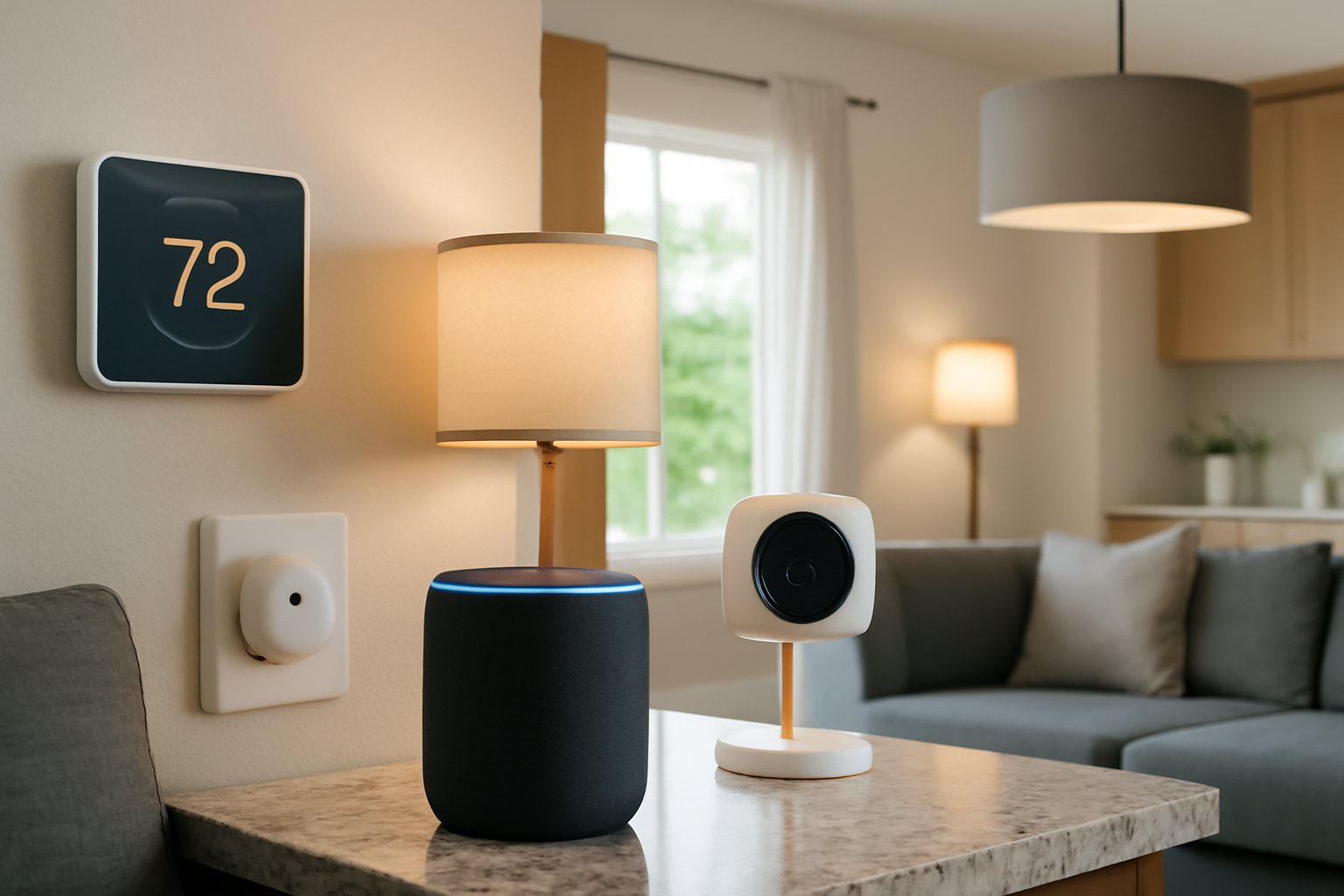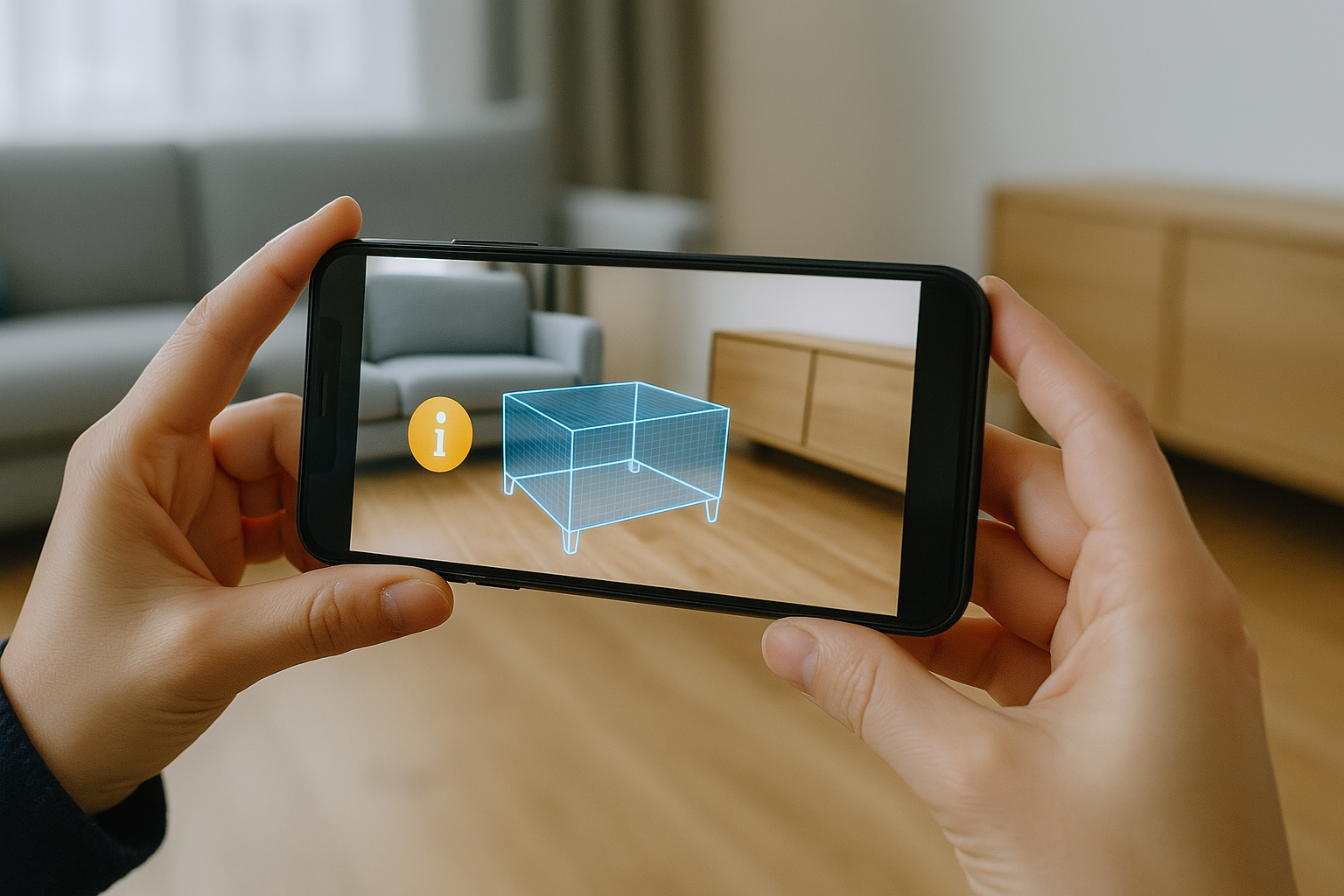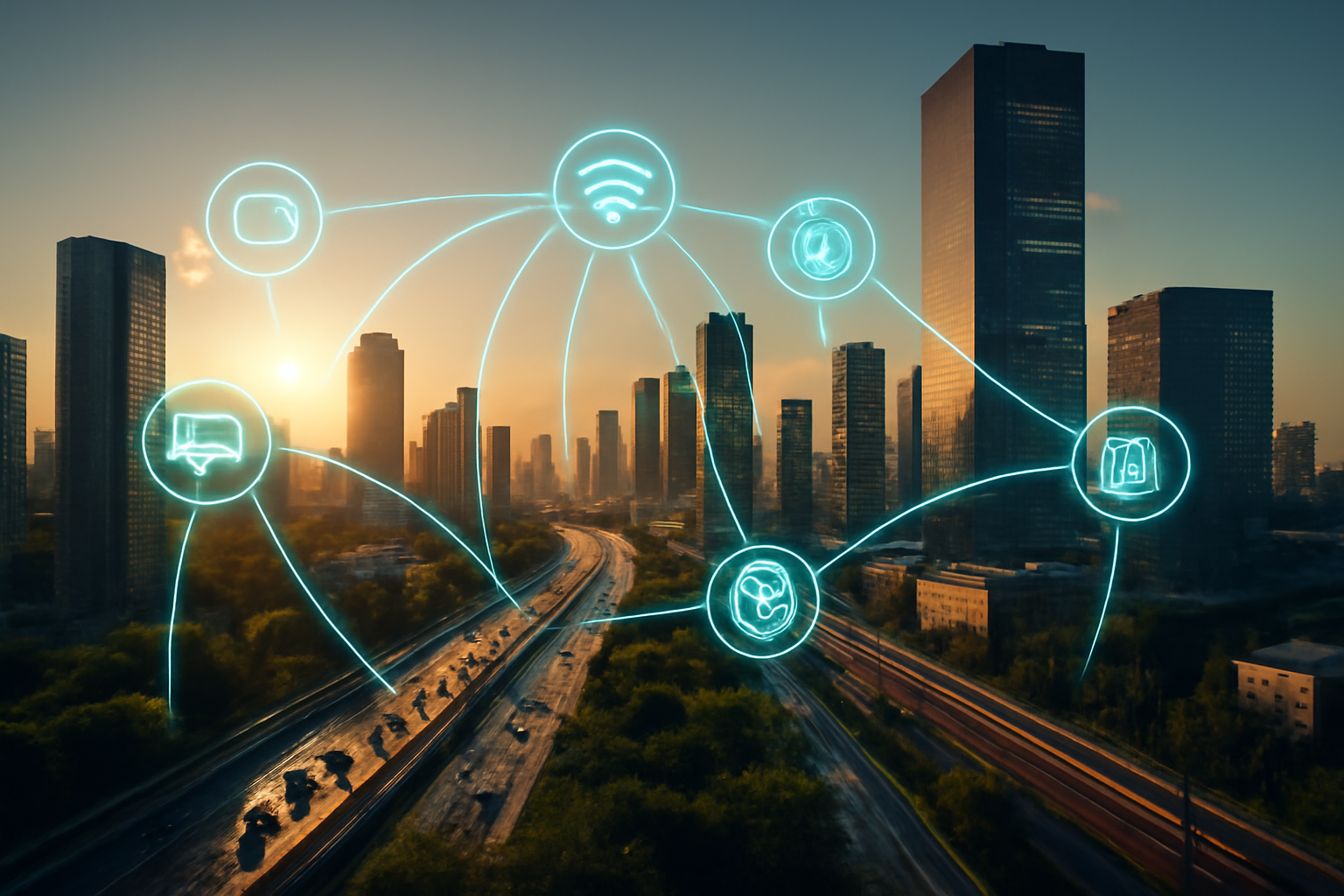When most people think of drones, the first image that comes to mind is a sleek flying machine capturing breathtaking aerial footage of mountains, beaches, or city skylines. And while filmmaking is indeed one of the most popular uses for drones, it’s just the tip of the iceberg.
Over the past decade, drones have evolved into sophisticated tools that are transforming industries across the board. From agriculture and public safety to environmental conservation and infrastructure inspection, these flying robots are proving to be far more than just fancy cameras in the sky.
In this article, we’ll explore the many innovative ways drones are being used beyond filmmaking—offering practical insights, real-world examples, and a glimpse into what the future holds.
A Quick Look at Drone Technology
Before diving into their diverse applications, it’s helpful to understand what makes drones so versatile.
A drone, or unmanned aerial vehicle (UAV), is essentially a flying robot. Most drones are equipped with:
- GPS navigation
- High-resolution cameras or other sensors
- Real-time data transmission
- Autonomous flight modes
- Obstacle avoidance systems
Thanks to falling costs, improved battery life, and advancements in AI and automation, drones are more accessible than ever—not just for hobbyists and filmmakers, but also for businesses, researchers, and governments.
1. Agriculture and Precision Farming
One of the most impactful applications of drones is in modern agriculture, where they help farmers improve yields while reducing waste and environmental impact.
How Drones Are Used:
- Crop Monitoring: Using multispectral imaging, drones can assess crop health, detect diseases, and monitor growth.
- Irrigation Management: Drones identify dry zones and uneven watering patterns.
- Fertilization and Spraying: Some drones can spray pesticides or fertilizers with precision, reducing excess usage.
- Livestock Monitoring: Farmers use drones to track and monitor animals in large or remote areas.
Real Example:
In the U.S., farms using drone analytics report up to 20% increase in crop yields. In developing countries, drones are helping small-scale farmers adopt more efficient practices without massive investment.
2. Search and Rescue Operations
In emergency situations, time is everything. Drones are increasingly being deployed in search and rescue (SAR) operations, especially in environments that are too dangerous or remote for human teams.
Key Benefits:
- Faster deployment than helicopters
- Thermal imaging to detect body heat
- Real-time video feeds to coordinate rescue teams
- Access to hard-to-reach locations like cliffs, forests, or collapsed buildings
Real Example:
During Hurricane Harvey in 2017, drones played a critical role in locating stranded individuals, assessing flood damage, and delivering supplies. Their speed and maneuverability saved lives when traditional methods couldn’t reach victims quickly enough.
3. Infrastructure Inspection
Inspecting bridges, power lines, wind turbines, and pipelines is time-consuming, expensive, and sometimes hazardous. Drones offer a safer and more efficient alternative.
How They Help:
- Capture high-resolution images and 3D models
- Access tight or elevated spaces without scaffolding
- Identify cracks, corrosion, or defects with thermal and LiDAR sensors
- Reduce the need for manual labor or helicopter flyovers
Industries Involved:
- Energy (oil, gas, solar, wind)
- Transportation (railways, highways)
- Construction and real estate
Real Example:
The U.S. Department of Transportation uses drones for bridge inspections, cutting time by up to 50% and significantly reducing worker risk.
4. Environmental Monitoring and Conservation
Drones are proving invaluable in tracking wildlife, fighting deforestation, and monitoring ecosystems—especially in areas that are difficult to reach or observe directly.
Applications Include:
- Monitoring animal populations and migration patterns
- Identifying illegal logging or poaching activities
- Mapping deforestation and land degradation
- Measuring glacier retreat or coral reef health
Real Example:
In Africa, drones help rangers monitor elephant herds and catch poachers in real time—reducing illegal activity in some parks by over 60%.
In the Amazon, drones are used to track illegal gold mining that threatens indigenous land and biodiversity.
5. Delivery and Logistics
Though still in early phases in many countries due to regulation, drone delivery systems are expected to revolutionize logistics.
Types of Deliveries:
- Medical supplies in remote or disaster-hit areas
- E-commerce parcels for last-mile delivery
- Food and groceries in urban areas
- Critical items like vaccines, defibrillators, and emergency kits
Real Example:
Zipline, a drone delivery company in Rwanda, delivers blood and medical supplies to remote clinics. It has completed over 500,000 deliveries, often within 30 minutes, saving countless lives.
Companies like Amazon, Google (via Wing), and UPS are also testing or launching drone delivery services in select markets.
6. Law Enforcement and Surveillance
Drones offer law enforcement agencies an eye in the sky for various operations.
Uses Include:
- Crowd monitoring during events or protests
- Surveillance of suspects or criminal hotspots
- Traffic accident reconstruction
- Border patrol and smuggling prevention
Real Example:
Police departments in the U.S., UK, and China are using drones equipped with facial recognition (in controversial cases) or thermal imaging to track suspects or monitor large events.
While effective, these uses raise important ethical and privacy concerns, which must be addressed through clear legislation and transparency.
7. Disaster Response and Damage Assessment
After a natural disaster, drones are often first on the scene—assessing damage, finding survivors, and helping coordinate aid efforts.
Why They’re Useful:
- Reach disaster zones quickly and safely
- Create aerial maps of damage for insurance and recovery
- Deliver communication devices or emergency supplies
- Detect gas leaks or unstable structures with thermal/infrared sensors
Real Example:
After the 2020 Beirut explosion, drones helped assess building damage and locate missing persons. Their agility allowed access to areas unsafe for humans.
8. Education and Research
Universities and research institutions are using drones as educational tools and for gathering scientific data.
Applications:
- Collecting data for environmental or climate research
- Studying volcanic activity, marine ecosystems, or ice flows
- Mapping archaeological sites without disturbance
- Teaching students about robotics, aviation, or coding
Drones provide researchers with unprecedented access to environments previously off-limits or prohibitively expensive to study.
9. Art and Entertainment (Beyond Film)
Filmmaking isn’t the only creative industry embracing drones.
Other Creative Uses:
- Light shows that replace fireworks (more eco-friendly)
- Drone racing leagues with first-person view (FPV) piloting
- Interactive installations or choreographed performances
- Live event coverage (concerts, sports, etc.)
Real Example:
Intel’s drones lit up the sky at the 2018 Winter Olympics opening ceremony in PyeongChang. Over 1,200 drones formed 3D shapes, synchronizing with music and lights—a historic moment for drone entertainment.
10. Urban Planning and Smart Cities
City governments are using drones to collect data that helps plan better infrastructure and improve public services.
Uses:
- Mapping urban growth and traffic flow
- Monitoring construction sites
- Inspecting public infrastructure (parks, roads, utilities)
- Aiding in land-use decisions and zoning
In the context of smart cities, drones work with AI and IoT to make cities more efficient, safer, and environmentally friendly.
11. Insurance and Real Estate
Drones help speed up inspections and improve the accuracy of evaluations in insurance claims and real estate listings.
In Insurance:
- Assessing roof or storm damage
- Inspecting hazardous areas without risk to agents
- Reducing fraud through visual evidence
In Real Estate:
- Capturing aerial footage of properties
- Creating immersive 3D virtual tours
- Highlighting location advantages like proximity to nature, water, or amenities
This boosts transparency and efficiency in both industries.
Challenges and Limitations
While drone usage is growing fast, there are significant hurdles to overcome:
- Airspace regulation: Strict laws in many countries limit drone use, especially in urban areas or near airports.
- Privacy concerns: Surveillance or data collection can infringe on individuals’ rights.
- Battery limitations: Most drones still have short flight times (20–40 minutes).
- Weather dependency: Rain, wind, and extreme temperatures can interfere with operations.
- Cost and training: Advanced drones require skilled operators and may be expensive for small organizations.
Balancing innovation with safety, privacy, and regulation is key to unlocking the full potential of drones.
The Future of Drones: What’s Next?
The next wave of drone technology is already in motion. Here are some trends to watch:
- Autonomous drones that require no human pilot
- Swarm drones that work in groups for search and mapping
- Hybrid drones (air + land or water mobility)
- AI-enhanced analytics from drone-captured data
- Longer flight times with solar-powered models
- Drone taxis and air mobility solutions (being tested by companies like Joby and EHang)
As 5G and edge computing expand, drones will become faster, smarter, and more integrated into everyday life.
Final Thoughts: More Than Just a Flying Camera
Drones started as niche tools for filmmakers and hobbyists, but today they are redefining possibilities across sectors. They’re speeding up emergency response, improving agricultural efficiency, enhancing public safety, protecting wildlife, and even changing how we receive packages.
As this technology continues to evolve, it’s crucial that businesses, governments, and individuals understand and embrace the ethical, practical, and transformative potential of drones.
So the next time you see a drone in the sky, remember—it might not be filming a movie. It could be saving a life, protecting the environment, delivering medicine, or rebuilding a community.
And that’s the real magic of drones: their ability to fly above expectations.

